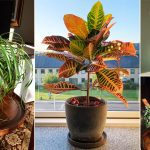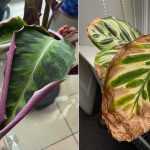These weeds that look like squash plants might have you second-guessing the presence of certain invasives in your yard!
Squash plants are a fantastic addition to any garden, offering delicious vegetables for your dishes. But you know what won’t make such a great addition? Those unwanted guests that would rudely crash your garden party and refuse to leave—weeds that look like squash plants! These deceptive weeds can quickly take root and spread, so stay vigilant to eliminate them before they overwhelm your garden space!
WEEDS THAT LOOK LIKE SQUASH PLANTS
1. Manroot
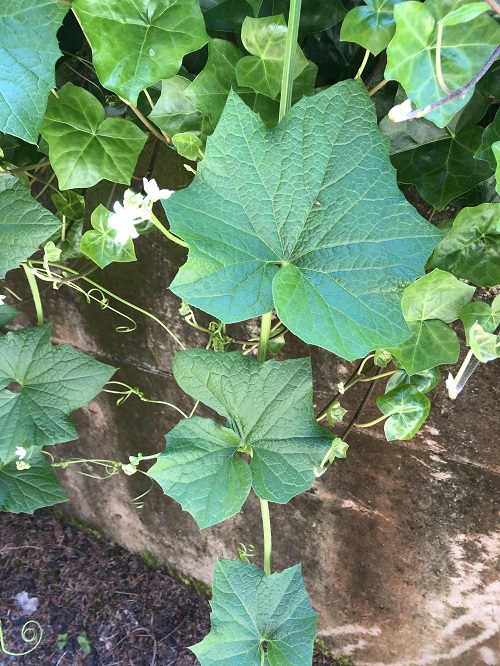
Botanical Name: Marah oreganus
Popular as Western Wild Cucumber, this vigorous vine shares its family tree with squash—both belong to the Cucurbitaceae. Like squash, manroot displays broad, lush leaves that could easily deceive the untrained eye.
Yet, it reveals its true identity through distinctive small white flowers and unusual bladder-shaped fruits, unlike anything found on squash plants.
2. Black Nightshade
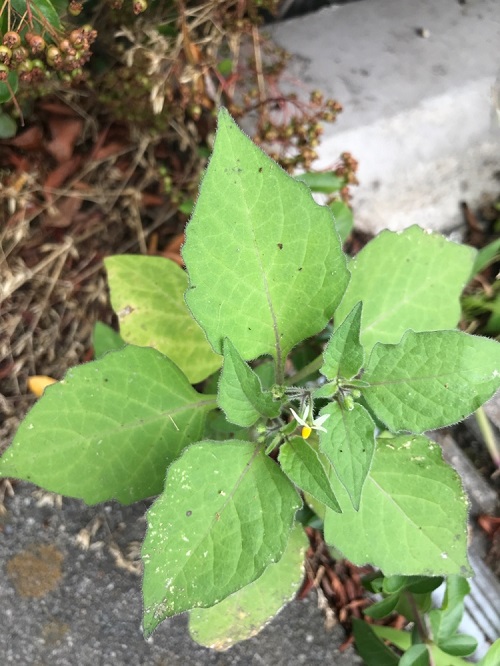
Botanical Name: Solanum nigrum
At first glance, the black nightshade might remind you of a young squash with its similar leaf structure and growth pattern. However, it quickly distinguishes itself with clusters of black-colored berries and stark white flowers, offering a clear contrast to its doppelganger.
3. Velvetleaf

Botanical Name: Abutilon theophrasti
Velvetleaf stands out with its soft, heart-shaped leaves that mirror the shape of squash leaves yet are considerably larger and possess a uniquely velvety texture. While both plants produce similar flowers, velvetleaf emits this unpleasant smell when its leaves are crushed—a quick giveaway that this is not your garden variety squash.
4. Morning Glory
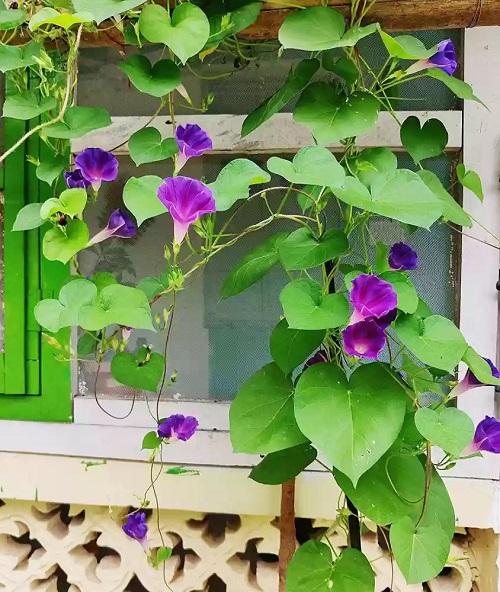
Botanical Name: Ipomoea spp.
Morning Glory is an invasive plant with heart-shaped leaves that may be confused with squash leaves. This shouldn’t fool you for too long, though, as the brilliant purple-blue flowers of this vine are something you’ll never see on a squash plant.
5. Buffalo Bur
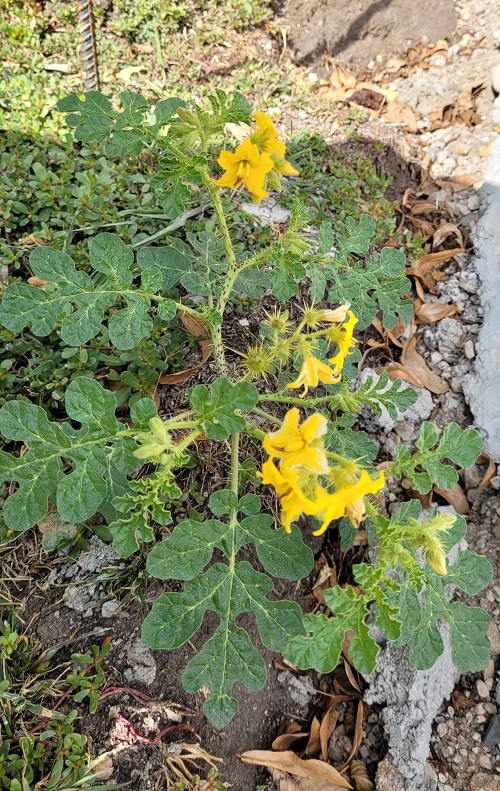
Botanical Name: Solanum rostratum
The Buffalo Bur might trick some with its spiny, lobed leaves that echo those of squash plants. Yet, this weed takes a different path with more elongated and pointed leaves, setting itself apart from its competitor’s more rounded foliage.
6. Common Mallow
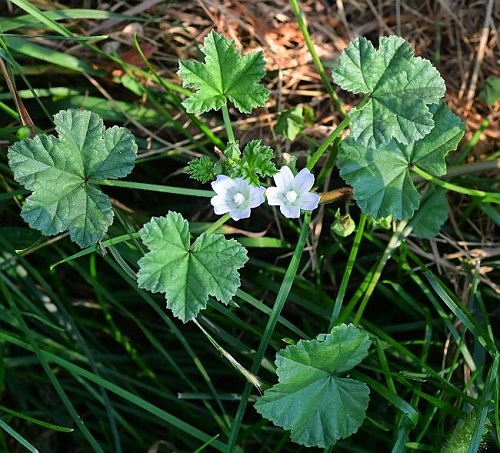
Botanical Name: Malva neglecta
Common mallow’s leaves might evoke a sense of déjà vu for squash lovers due to their similar appearance. However, a closer look at its floral arrangement reveals bowl-shaped, purple petals, quite unlike the squash’s yellow or orange trumpet-shaped flowers, providing a visual cue to its true identity.
7. Wild Cucumber
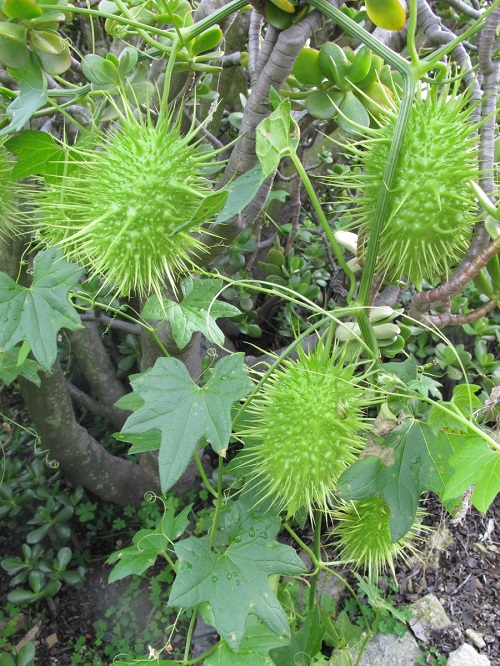
Botanical Name: Echinocystis Lobata
With its triangular foliage, the wild cucumber initially resembles squash plants. Yet, its leaves are thinner, more delicate, distinctly angular, and pointed than your typical garden squash.
8. Hairy Nightshade
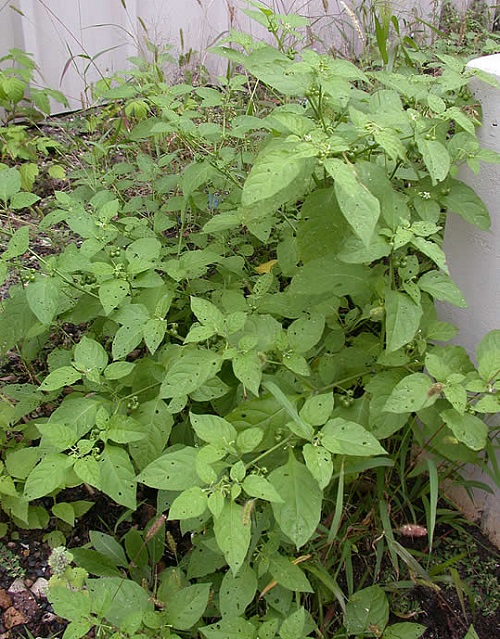
Botanical Name: Solanum sarrachoides
Closely related to the Black Nightshade, this plant also bears somewhat heart-shaped leaves. However, its leaves are covered in fine hairs, adding a tactile element that sets it apart from the smoother leaves of squash plants.
9. Bur Cucumber
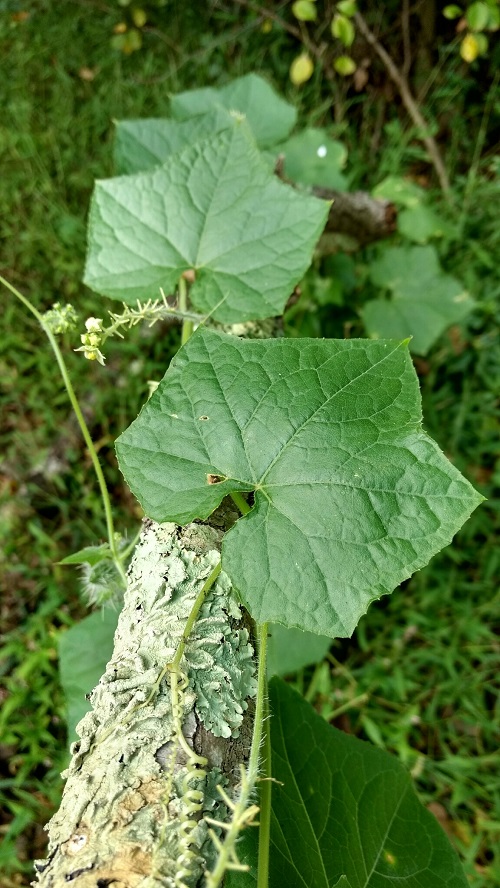
Botanical Name: Sicyos angulatus
At first glance, the lobed leaves of Bur Cucumber might remind you of squash. However, it quickly asserts its individuality with cucumber-like prickly fruits and flowers that range from white to green—traits not found in squash.
The leaves are also thinner and slightly rougher, further distinguishing it from its lookalike.
10. Jimsonweed

Botanical Name: Datura stramonium
The broad, lobed leaves of Jimsonweed may initially mimic those of squash plants. However, the elongated leaves with wavy outlines of Jimsonweed are a giveaway, contrasting with the smoother contours of squash leaves.
11. Cocklebur
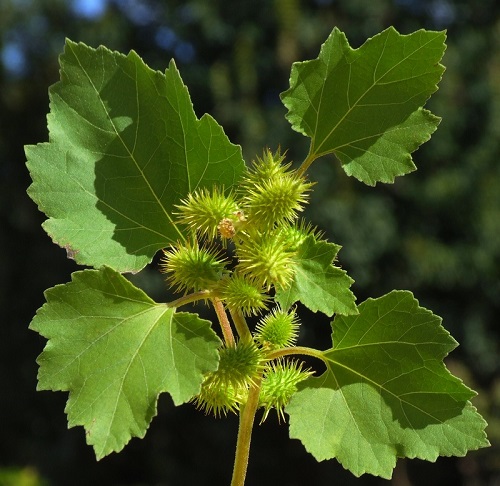
Botanical Name: Xanthium strumarium
Cocklebur may fool the eye with its broad leaves, similar to those of squash. Yet it is easily identified by its rougher, hairier leaf texture and the notorious spiny fruits that cling stubbornly to clothing, a far cry from squash characteristics.
12. Carolina Horsenettle
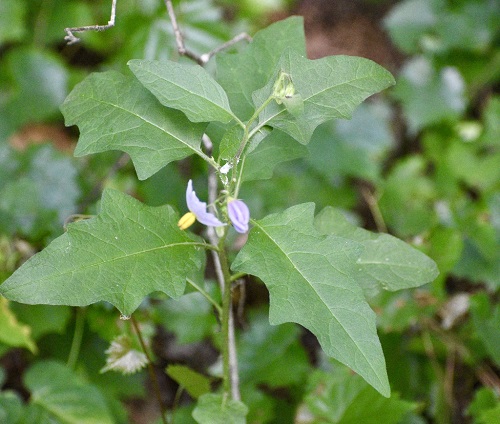
Botanical Name: Solanum carolinense
Whereas the leaves look way too much like squash plants, its star-shaped blooms are distinct from the trumpet-shaped squash flowers, providing a clear visual cue to its identity.
13. Common Lambsquarters
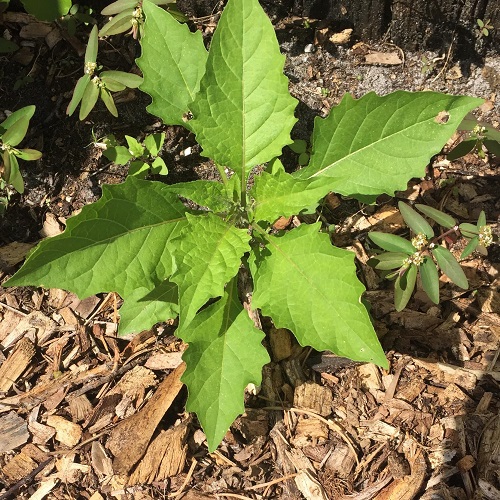
Botanical Name: Chenopodium album
Common Lambsquarters may deceive with its broad-based leaves that echo those of squash. Upon closer inspection, however, the leaves are lighter in color and possess a mealy texture, unlike the richer, smoother leaves of squash plants.
14. Ground Cherry
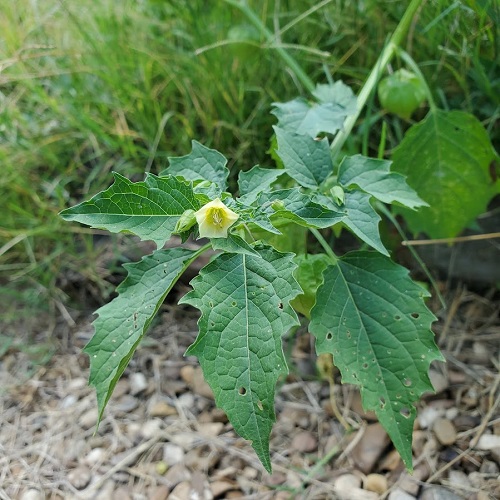
Botanical Name: Physalis spp.
Ground cherry plants have heart-shaped leaves that can be easily mistaken for squash plant leaves. However, these leaves are smaller and more delicate than those of a squash plant.
If the plant in question has already borne fruit, the cherry-like fruits covered with papery husks will easily set it apart,.
15. Giant Ragweed
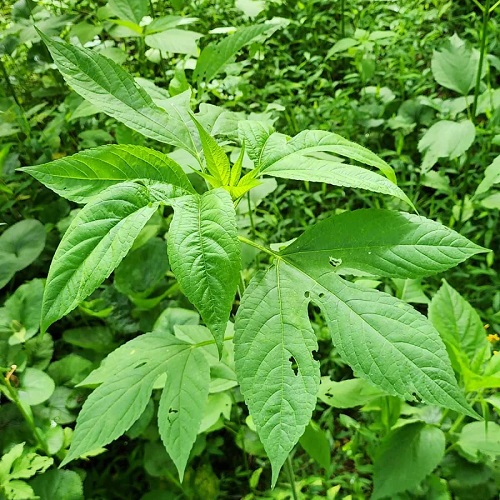
Botanical Name: Ambrosia trifida
Giant Ragweed shares lobed leaves similar to those of squash plants, yet its leaves are larger and rougher. Known for its allergenic pollen, this plant is often removed on sight, further cementing the difference.

